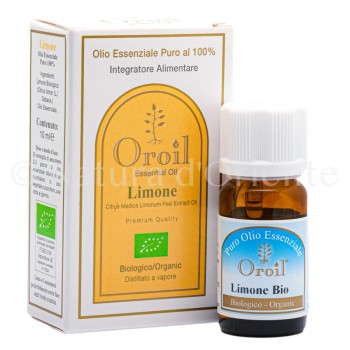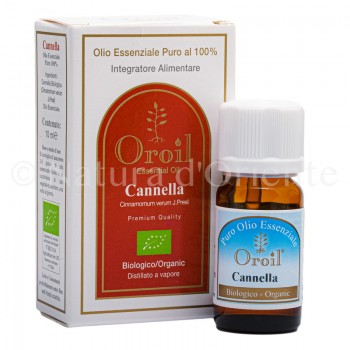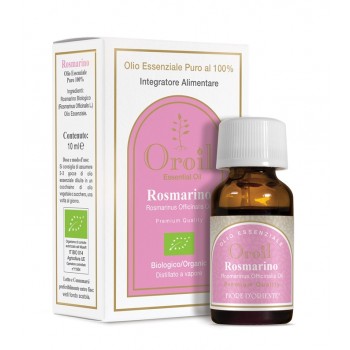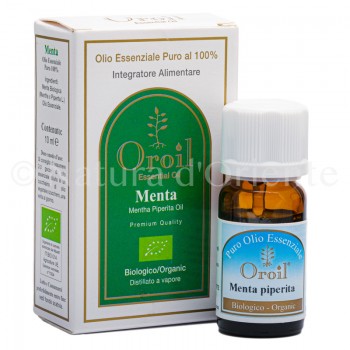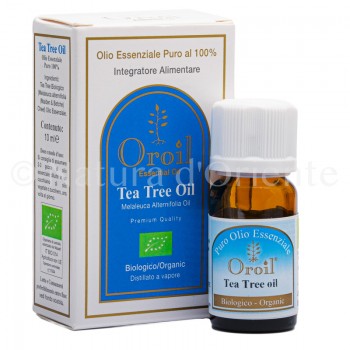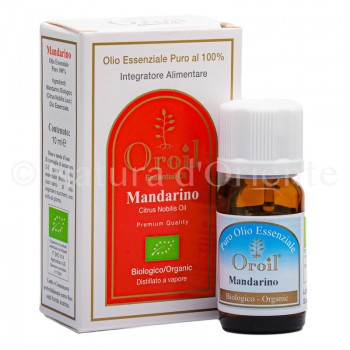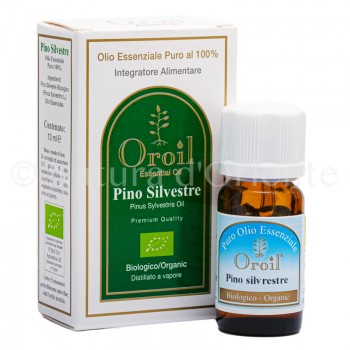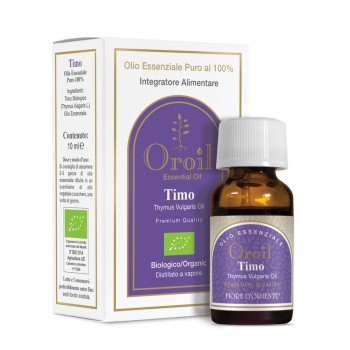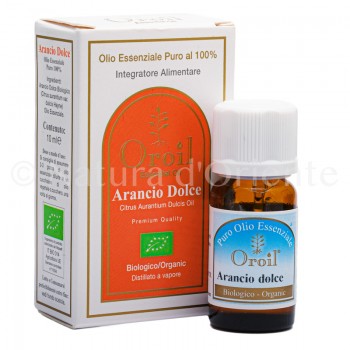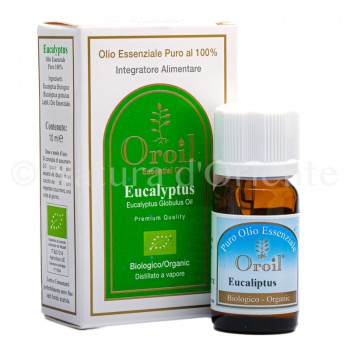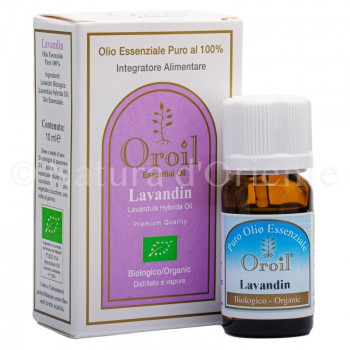Lavender essential oil is mainly used as a sedative, in aromatherapy the use for this purpose is widespread but that for food use can also be used for its antispasmodic activity on the 'intestine.
The plant and the production of essential oil
The officinal lavender or true lavender is a small (half a meter maximum) evergreen woody plant of the Lamiaceae family. The scientific name of the plant is Lavandula angustifolia, there are other species of lavender and the essential oil is also obtained from them, but they are much less valuable. The purplish color of the clustered inflorescences is so iconic that the name lavender is used for a particular shade of purple (obviously in nature the flowers are not all identical and vary between more or less clear shades). The essential oil is mostly obtained with the steam distillation method, this is also the case with this product, but a lavender oil is also obtained by simply macerating the flowers in an oil. After all, lavender oils were already used by the ancient Romans, but obviously they did not reach the degree of concentration we reach today in 100% pure essential oils.
Properties of lavender essential oil
All the recognized properties of lavender oil derive from the fact that it essentially has a depressant effect on the central nervous system. For those interested in chemistry we will say that like all essential oils, the list of substances that compose it is very long, but in terms of percentage, linalyl acetate and linalool clearly stand out, therefore it is the belief that any property ascribed to the essential oil of lavender comes from these components. But let's see these properties: the sedative effect is perfectly consistent with what has just been said about the activity on the central nervous system, as is the "painkiller" effect; anti-inflammatory qualities are also attributed; the spastic activity performed on the intestine also seems to be consistent with the sedative activity performed on the nervous system. Antimicrobial activities are also attributed to lavender essential oil but we have said that this is common to practically all essential oils and others are certainly more effective in this area.
Internal use of lavender essential oil
We will never stop remembering that for the oral use of essential oils, indications from competent people should always be followed, furthermore in reality the sedative effect for which it is usually used it can also be obtained very well by inhalation, for example by soaking a handkerchief and placing it on the pillow. Obviously instead for the antispasmodic activity in benefit of the intestine it will be necessary to use it internally for the doses of which a doctor or other competent professional should be consulted, in principle we always remember that for the internal use of any essential oil normally not we never talk about more than a drop or two. Therefore, oral use is essentially used for intestinal problems and when you want to obtain a more decisive sedative effect.
External use of lavender essential oil
The relaxing properties of lavender essential oil can also be obtained by inhalation through aromatherapy, another possibility is to add it to the bath water, or add it to oils and other massage substances. Regarding this use, another attributed property should be mentioned, which is to soothe some inflammatory skin problems, from acne to insect bites. We remind you that since the essential oils are extremely concentrated, even if the external use is less "delicate" than the internal one, also in this case (the application on the skin) it is a question of using very small quantities, very few drops every 100 ml of product or even less ,

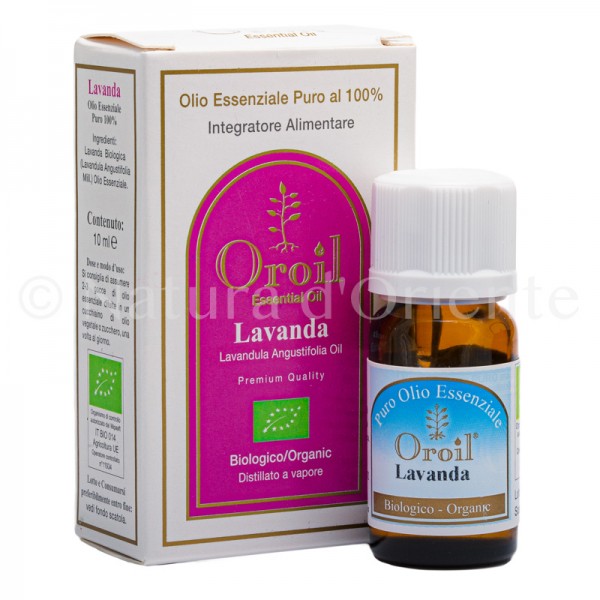

 By buying this product you can collect up to
By buying this product you can collect up to
